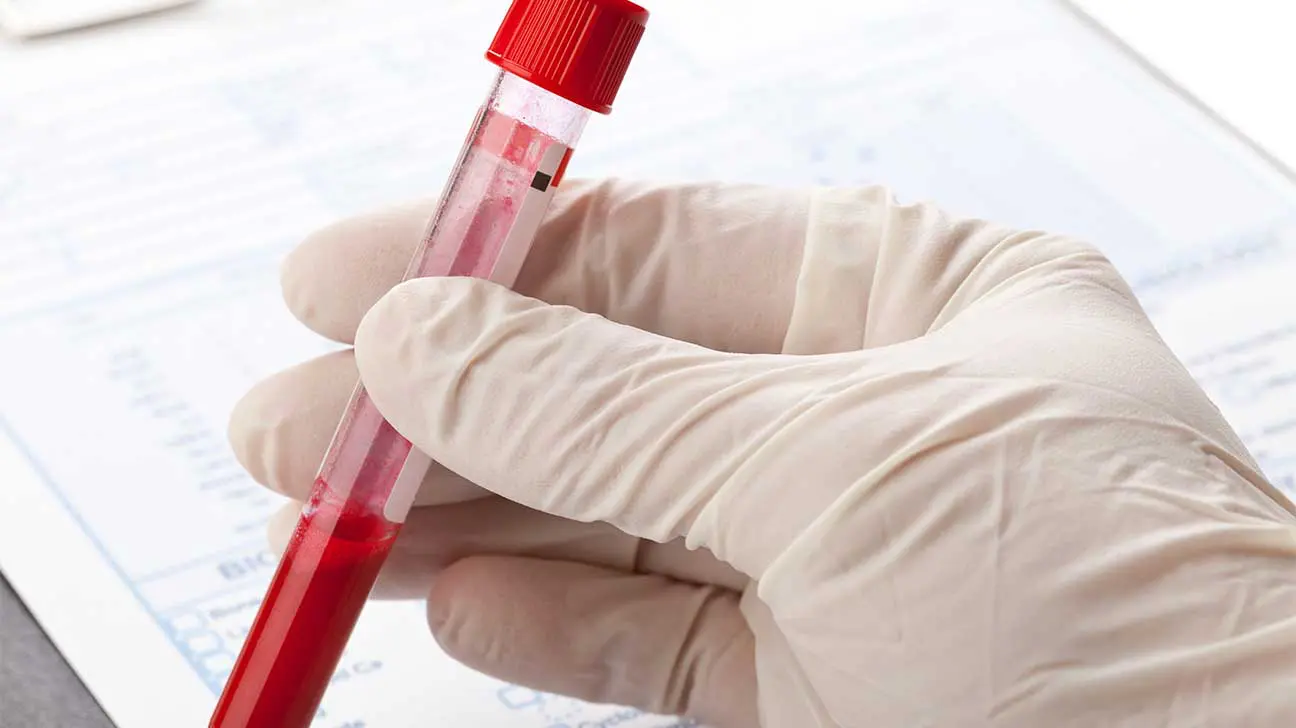
Molly can be detected in a blood sample for up to two days, or 48 hours, after ingestion. This is a shorter window of time than urine or hair testing.
Blood tests can detect MDMA use for some time after the side effects of the drug—such as high body temperature, distorted perception, and rapid heart rate—have worn off.
Other drug screens that can identify ecstasy use include:
- urine tests
- oral fluid tests (e.g. saliva)
- hair follicle tests
Drug testing may be ordered by a healthcare provider, employer, or legal entity.
Molly Detection Time In Blood
Molly, also known as MDMA or ecstasy, is a synthetic drug that is used recreationally for its hallucinogenic and stimulant effects.
Factors that can affect how long ecstasy stays in blood:
- amount of molly used
- frequency of use
- body mass index (BMI)
- drug dependence
- using multiple drugs at once
- overall health status
Metabolism can also play a role in drug detection times. Having a slow metabolism due to older age, kidney problems, or poor health may result in a longer detection window.
How Do You Get Ecstasy Out Of The Blood?
Ecstasy has a half-life of eight to nine hours. This means it can take 16 to 18 hours on average for the drug to be fully metabolized and eliminated from the bloodstream.
Getting ecstasy out of your system may take longer if you’ve developed physical dependence.
According to some research, people who take ecstasy very often may become dependent on it or addicted to its effects.
Molly Dependence And Abuse
When taken, molly can boost the activity of “feel good” chemicals like dopamine and serotonin. People can use molly by itself, or with other drugs, to self-medicate or numb.
Signs of molly abuse include:
- taking higher doses of molly over time
- taking molly very often
- mixing molly with other drugs to enhance its effects
- continuing to take molly despite negative effects on physical health, mental health, employment, and well-being
- being unable to control how much or how often you take molly
If you’ve become dependent on molly or other illicit drugs, entering a detox program is highly recommended. This can help you get off molly and connect you to a substance abuse treatment program.
Find Treatment For Molly Abuse
If you or someone you know is taking molly, we can help you explore your treatment options. Call our helpline today to find a detox program near you.
Addiction Resource aims to provide only the most current, accurate information in regards to addiction and addiction treatment, which means we only reference the most credible sources available.
These include peer-reviewed journals, government entities and academic institutions, and leaders in addiction healthcare and advocacy. Learn more about how we safeguard our content by viewing our editorial policy.
- U.S. National Institute on Drug Abuse (NIDA): drugabuse.gov—MDMA (Ecstasy/Molly) DrugFacts
https://www.drugabuse.gov/publications/drugfacts/mdma-ecstasymolly - U.S. National Library of Medicine (NCBI): PubMed (PMC)—Analysis of MDMA and its metabolites in urine and plasma following a neurotoxic dose of MDMA
https://pubmed.ncbi.nlm.nih.gov/17579960/ - Redwood Toxicology Laboratory—Laboratory Testing Reference Guide
https://supremecourt.nebraska.gov/sites/default/files/Programs/CIP/events/redwood/LAB_Reference_Guide.pdf


